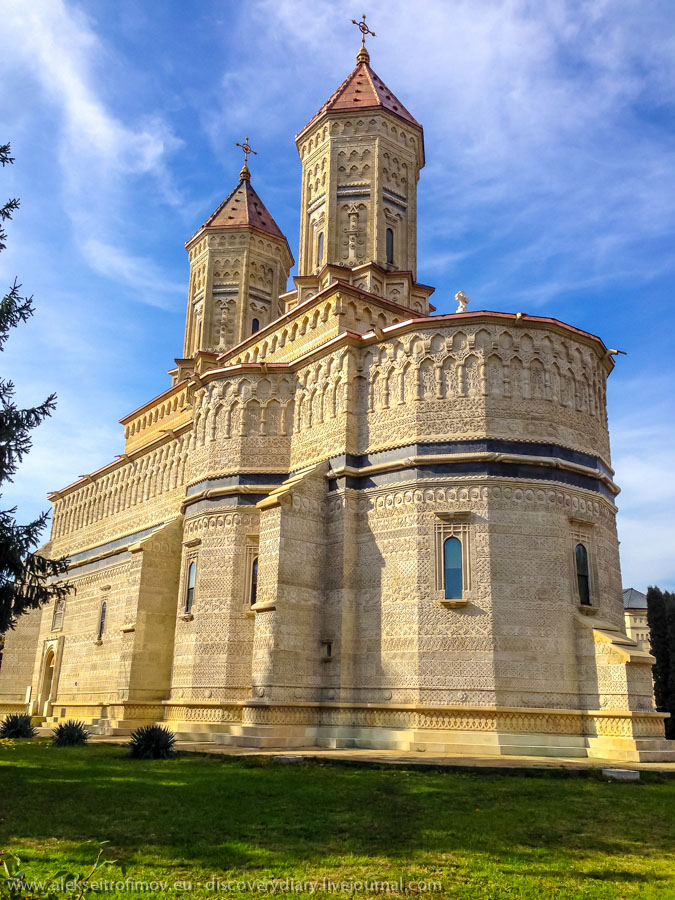On my second visit to Romania I promised myself to visit Moldavia. I use the word Moldavia on purpose – as I mean as much the country of Moldova as the historical region of Moldavia. The latter is significantly larger than the current independent country.
It seems that if a geography of an area is defined by a strict natural border, say a shoreline, then the definition of historical regions, their names and borders have a significantly more persistent nature in historical perspective. By contrast on endless plateaus without clear dividing lines, the borders of regions keep swimming back and forth in a chaotic dance. Eastern Europe is one such area where the borders of empires would clash like waves of transparent oceans and then disappear without trace. As a consequence the structure and relationship between various historical areas here is particularly nuanced and complex.
Honestly, it was beyond fascinating to delve deep into the intricate web of destinies all mixed up in the region. The historical Principality of Moldavia for example included such regions as Western Moldavia, Bessarabia, Budjak, Bukovina and Pokuttya. To some extent the borders of these regions overlap. Today’s Romanian province of Moldavia roughly corresponds to Western Moldavia. The country of Moldova corresponds to Bessarabia (however without its constituent part Budjak – which mostly belongs to Ukraine). Transnistria was not a part of historical Bessarabia. Romanian Moldavia is larger than Moldova in terms of both area and population.
How did it come to be that Moldova ended up as an independent country? The Romanian-Moldovan border is the limit of historical expansion of the Russian Empire at the expense of the waning Ottoman Empire. The Russian expansion was stopped by geopolitical factors, of which the main one was the counter action by other Great Powers. As a result, the border cut the Romanian-speaking lands in two.
We decided to start our lighting tour of historical Moldavia from its capital – the proud Romanian city of Iași. A couple of times it has even risen to the status of the capital of all of Romania, but was eclipsed by Bucharest each time. To truly appreciate the feeling of the journey and to look at the fields and forests and mountains, we decided to travel from Cluj to Iași by train. The trip takes 9 hours – all day – and it was a genuine post-Soviet train, with peasant grannies eating their simple fare and offering some to us, without a single word of English.
Finally the train arrived in Iași. An unpleasant surprise was in store for us there. Even though it was October, in Iași it was terribly cold. Some Siberian anticyclone covered all of Moldavia. I was visibly shaking from the cold as we were walking in my wind jacket in the dark to our hotel. The next day the weather was again sunny and bright and terribly cold, and so it remained for the next days. As a result the temptation to escape to some café or restaurant was quite irresistible 🙂
Here are some photos of Iași nonetheless. The main sight in the city is the Cathedral of the Three Ierarchs. It has been recently restored in following the historical original exactly. Indeed inside the church the work is still ongoing. This place was magical! A special atmosphere of secrecy and participation reigns there.

Continue reading To Moldova via Iasi →